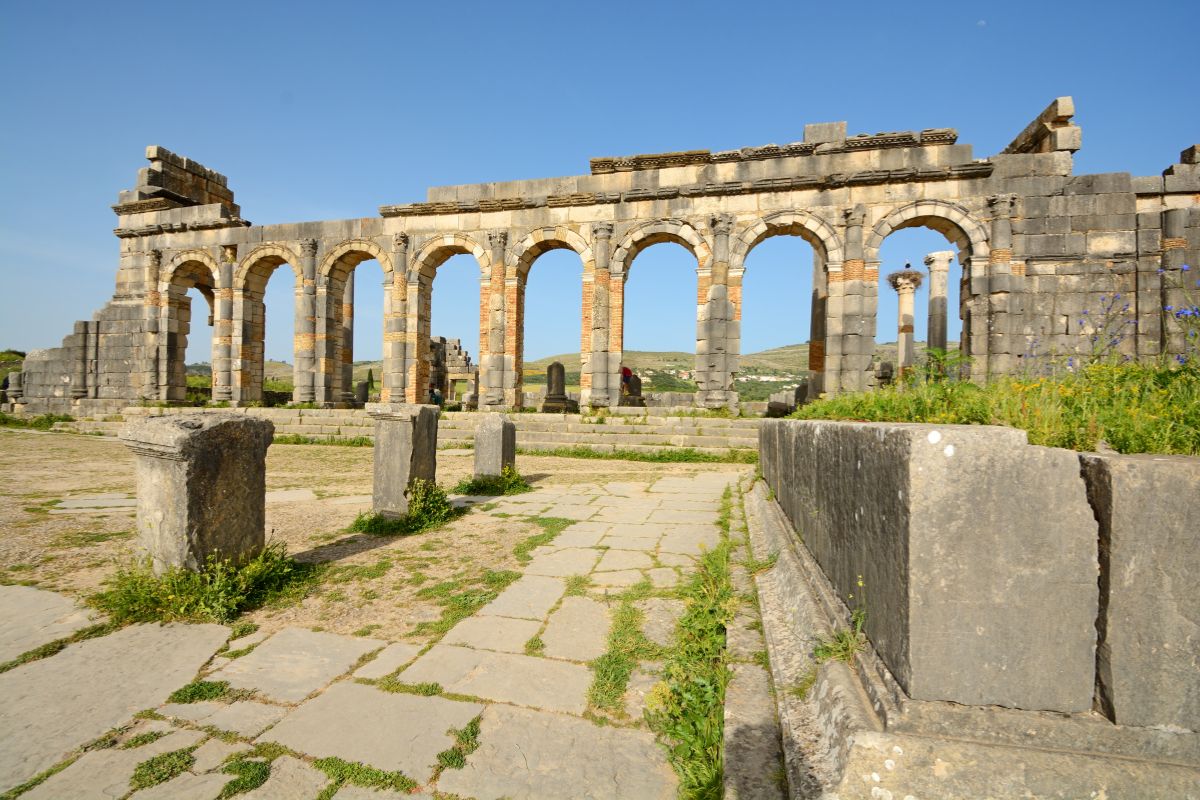Morocco, a country celebrated for its vibrant culture and rich history, holds within its borders a treasure trove of historical sites that bear witness to the passage of time. Among these remarkable places, the ancient city of Volubilis stands as a testament to Morocco’s diverse and layered heritage. Located in the fertile plains near the city of Meknes, Visit Volubilis is an archaeological wonder that offers a unique window into Morocco’s Roman past.
Visit Volubilis: Unearthing Morocco’s Roman Heritage
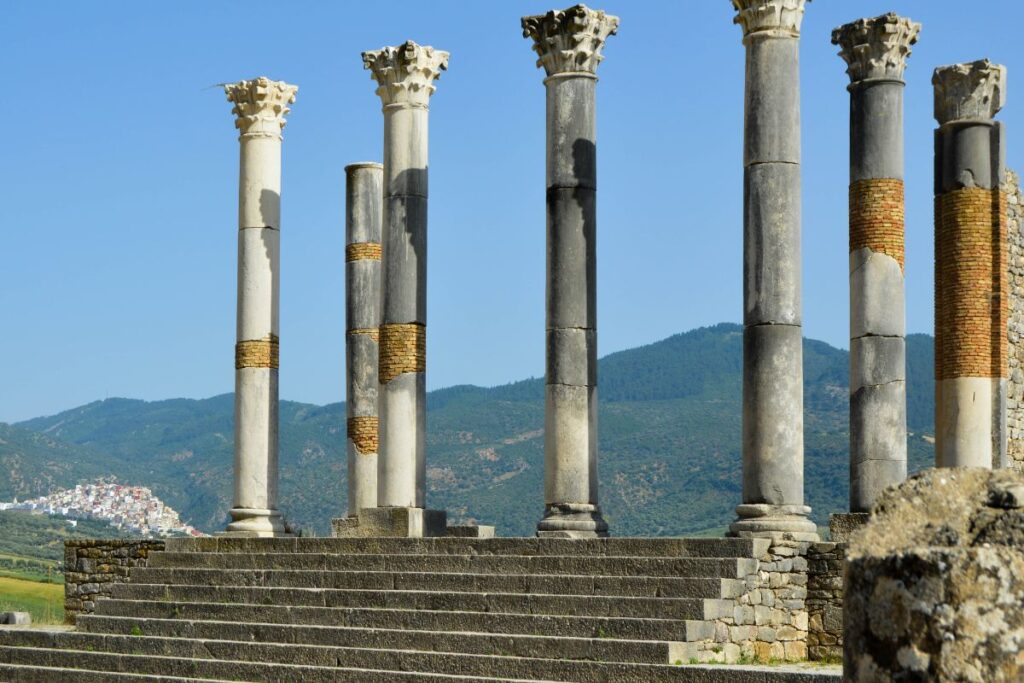
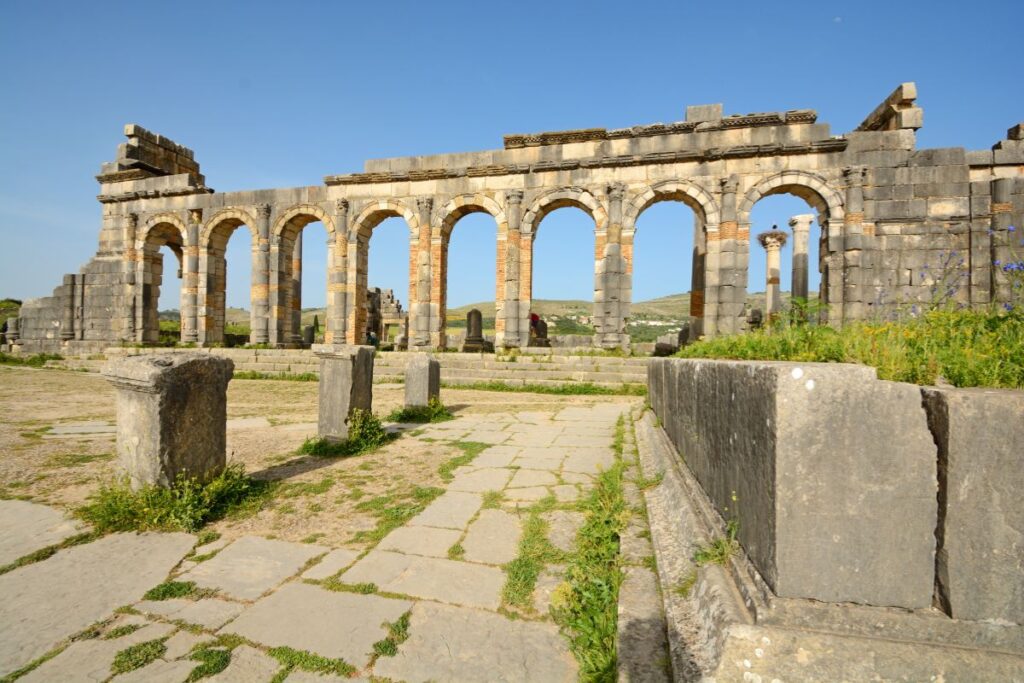
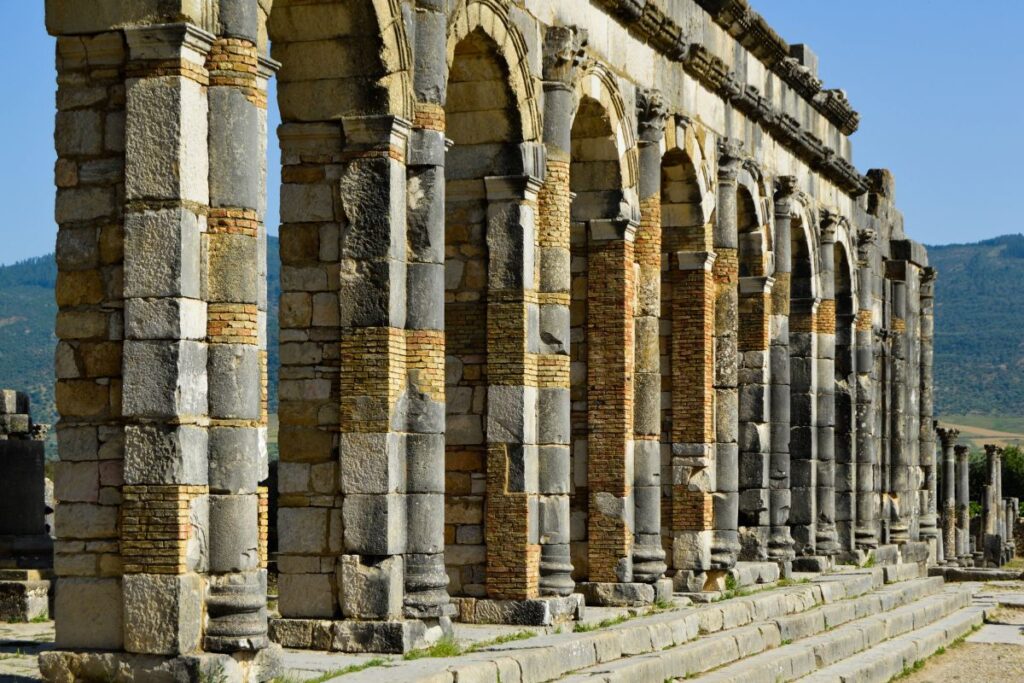
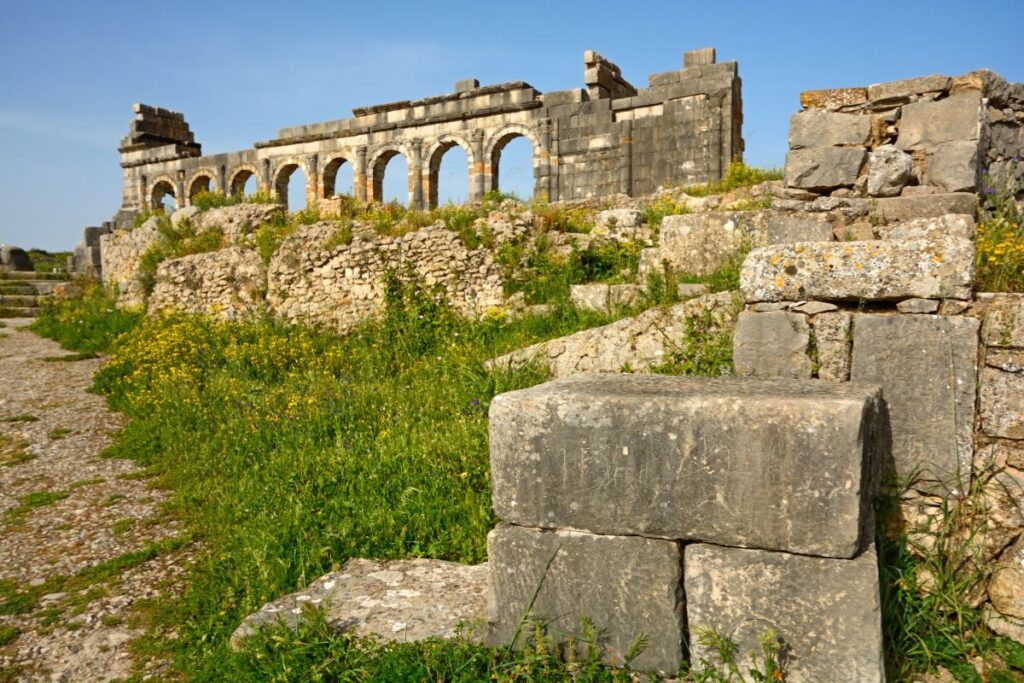
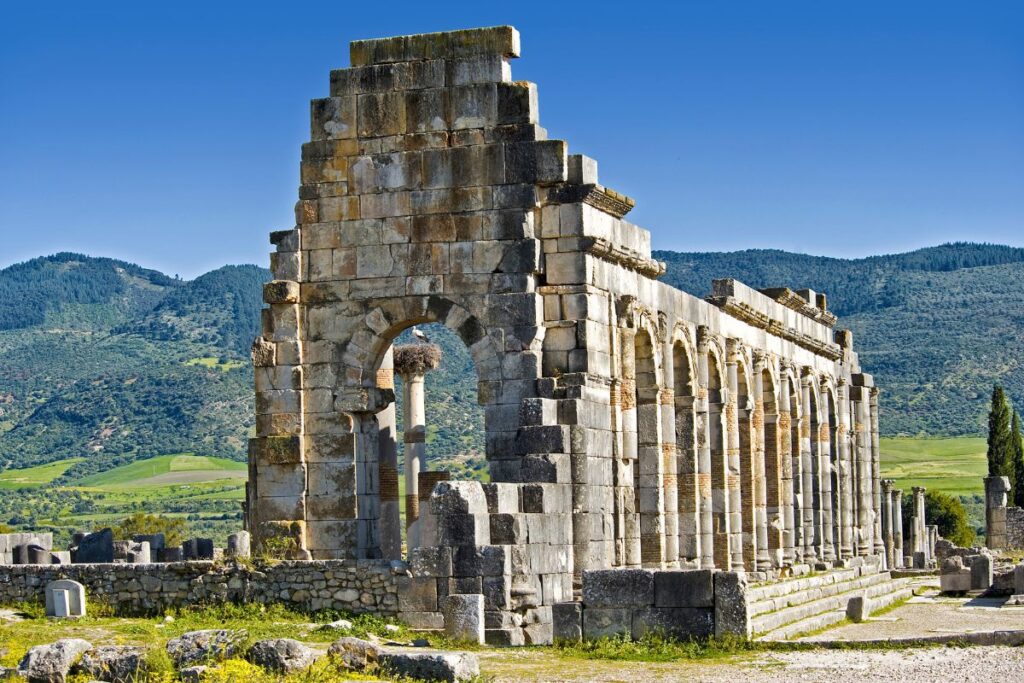
Unveiling the History of Volubilis
Volubilis, known as Walili in Arabic, was once a thriving Roman settlement in North Africa. Founded in the 3rd century BC, this city played a crucial role in the region’s history. Its strategic location made it a vital hub for trade and administration, serving as the capital of the Roman province of Mauretania Tingitana.
At its peak, Volubilis was a bustling metropolis with well-planned streets, grand villas, public baths, and impressive arches. The city’s architecture reflected a blend of Roman and indigenous influences, resulting in a unique architectural style.
One of the most notable features of Volubilis is its stunning collection of well-preserved mosaics. These intricate artworks adorn the floors of ancient homes and public buildings, offering a glimpse into the daily life and culture of the time.
A UNESCO World Heritage Site
In recognition of its historical significance and the remarkably preserved ruins, Volubilis was designated as a UNESCO World Heritage Site in 1997. This prestigious designation highlights the importance of preserving this archaeological marvel for future generations to explore and appreciate.
Exploring Volubilis Today
Visiting Volubilis today is like stepping back in time. The site offers an immersive experience, allowing travelers to wander through the ruins and imagine life in ancient Roman Africa. Some of the key attractions at Volubilis include:
1. Triumphal Arch: As you enter Volubilis, you’ll be greeted by a magnificent triumphal arch, erected in honor of the Roman Emperor Caracalla. This arch stands as a symbol of the city’s grandeur.
2. Capitol: The Capitol was the religious and administrative center of Volubilis. Here, you can see the remains of temples and other important structures.
3. House of Orpheus: This well-preserved villa features some of the most intricate and colorful mosaics in Volubilis, including the famous mosaic of Orpheus playing his lyre.
4. Bathhouses: Volubilis had its own public bathhouses, which were an essential part of Roman daily life. You can explore the ruins of these bathhouses and get a sense of the communal experience.
5. Decumanus Maximus: This main street of Volubilis once bustled with merchants and traders. Walk along the well-preserved road and imagine the lively marketplace that once existed here.
Practical Tips for Visiting Volubilis
- Location: Volubilis is situated near the city of Meknes in northern Morocco. It’s easily accessible by car or guided tours from Meknes, Fes, or other nearby cities.
- Timing: The best time to visit Volubilis is during the morning or late afternoon to avoid the heat of midday. Consider visiting in the spring or fall for milder weather.
- Guided Tours: To fully appreciate the historical context and significance of Volubilis, consider hiring a knowledgeable guide who can provide insights into the site’s history.
- Comfortable Footwear: Wear comfortable walking shoes, as you’ll be exploring uneven terrain.
- Photography: Don’t forget your camera to capture the stunning mosaics, architecture, and panoramic views of the surrounding countryside.
Preserving Morocco’s Roman Legacy
Volubilis stands as a remarkable testament to Morocco’s multifaceted history. The site’s well-preserved ruins and captivating artifacts offer an opportunity to delve into the Roman era while surrounded by Morocco’s scenic beauty. As you explore the ancient streets and admire the intricate mosaics, you’ll gain a deeper appreciation for the layers of history that have shaped this enchanting country. A visit to Volubilis is not only a journey through time but also a chance to connect with Morocco’s rich and diverse heritage.
